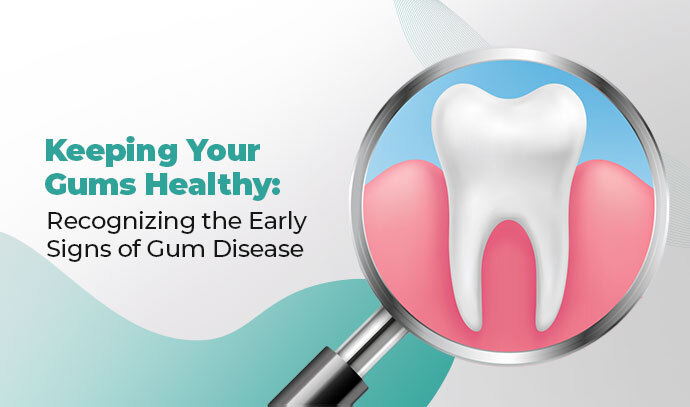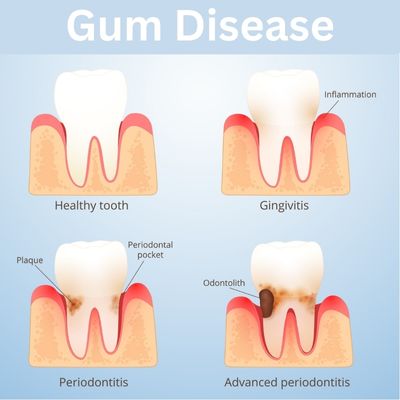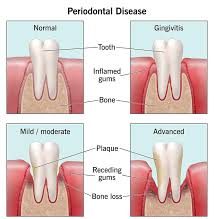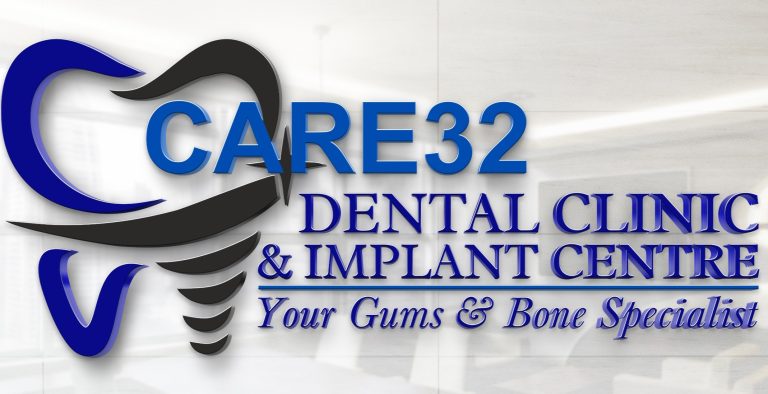
ADVANCED GUMS TREATMENT
FLAP SURGERIES
POCKET REDUCTION
LASER SURGERIES

- BLEEDING GUMS
- SWOLLEN GUMS
- BAD BREATH
- LOOSENING OF TEETH
- FOOD LODGEMNT
- SPACING BETWEEN TEETH
- ITCHING SENSATION IN GUMS
- RECEEDING GUMS
- YELLOWISH DISCOLORATION OF TEETH
EARLY WARNING SIGNS

Recognizing the early signs of gum disease can significantly enhance your chances of reversing damage and preventing further progression. Here are some key indicators to watch out for:
Bleeding Gums:
One of the most common and noticeable signs. If your gums bleed during brushing or flossing, it’s time to pay attention.
Red, Swollen, or Tender Gums:
Healthy gums are firm and pale pink. If they’re red, swollen, or tender, it could be an early sign of gum disease.
Receding Gums:
If your teeth appear longer than usual, it might be due to your gums reducing, a sign that periodontal disease is advancing.
Persistent Bad Breath:
Caused by the bacteria in plaque, persistent bad breath or a bad taste in your mouth can indicate gum disease.
Loose Teeth:
In advanced stages, the bones supporting your teeth can be affected, leading to tooth mobility.
Keeping Your Gums Healthy: Recognizing the Early Signs of Gum Disease
Our gums provide critical support for our teeth and overall oral health. When gum tissue becomes inflamed or infected, it can lead to severe issues like tooth loss and increased disease risk. That’s why noticing early signs of gum disease and seeking prompt treatment is important. This blog will explore common symptoms that may indicate gum disease is developing. We will look at potential causes and proven treatment options to stop gum disease from advancing. Know how to protect your gums and when to contact a periodontics specialist. Healthy gums lead to a vibrant smile and reduced dental problems.


Understanding Gum Diseases
Gum disease, or Periodontal disease, is a condition that affects the tissues supporting and surrounding the teeth. It’s primarily caused by the buildup of plaque, a sticky film of bacteria that forms on the teeth. If not removed through daily brushing and flossing, plaque can harden into tartar, exacerbating gum inflammation and leading to more severe periodontal disease.
Periodontal Disease (Gum Disease)
Periodontal disease is inflammation and infection of your gums and the bone that supports your teeth. It can be a result of poor hygiene, improper brushing technique, poor dieatry habits, etc.
Symptoms may include bad breath, loose teeth and bleeding, swollen gums. There are many treatments available, depending on the severity of disease.
Periodontal disease stages
Healthy gums are firm to the touch. They don’t bleed or swell. But periodontal disease can cause discolored (reddish or purplish), swollen, bleeding gums. Left untreated, gum disease can cause destruction of your underlying jawbone, leading to possible tooth loss.
The breakdown of tissues around your teeth happens gradually. In fact, most people don’t experience pain with gum disease — especially during the early stages. So, it’s important to know the warning signs.
There are four stages of gum disease:
- 1.Gingivitis : This is the earliest stage of gum disease. It starts with red, puffy gums that may bleed when you brush or floss. At this stage, there’s no bone loss. As a result, gingivitis is totally reversible with proper treatment.
- 2.Periodontitis: The bacteria have seeped beneath your gums, affecting the supporting bone. Your gums may pull away from your teeth, creating pockets around them. Plaque and bacteria like to hide in these pockets, where your toothbrush and floss can’t reach.
- 3.Moderate Periodontitis : Left untreated, bacteria begin to erode the ligaments, soft tissues and bone that hold your teeth in place. You may notice bad breath and pus (infection) around your gum line. Some people develop pain at this stage.
- 4.Advanced periodontitis: As periodontal disease worsens, bone loss continues. This can cause your teeth to become loose and eventually fall out.
When treated early enough, gum disease is reversible. But if you’ve already lost bone around your teeth due to infection, the disease is too advanced to reverse. However, you can manage it with proper treatment and consistent, diligent oral hygiene.
What are the complications of periodontal disease?
Unless you get treatment, gum disease continues to worsen, wreaking havoc on your oral health. It leads to a vicious cycle of infection that can end in tooth loss.
Research has also proven that gum disease has a direct impact on your overall health and well-being. There’s a link between gum disease and other health issues like heart disease, stroke and diabetes.
Effective Gum Disease Treatments
Gum disease treatment varies depending on the severity of the condition but typically focuses on controlling the infection and restoring gum health
- SCALING & ROOT PLANING: The first step in treating gum disease involves removing plaque and tartar buildup through professional cleaning. This includes scaling and root planing, where plaque and tartar from above and below the gum line are scraped away, and rough spots on the tooth root are made smooth.
2.ADVANCED SURGICAL TREATMENTS:
FLAP SURGERIES
POCKET REDUCTION
GINGIVECTOMIES
RECONSTRUCTIVE SURGERIES
For more severe cases, surgical treatments such as flap surgery (pocket reduction surgery) , Bone and Tissue Grafting may be necessary to restore extensively damaged tissues.
PERIO CARE KIT
Book a consultation
If you would like to know more about of our gums treatment, click the links below to book a consultation or make
an enquiry.





